How To Redesign A Website For SEO & Keep Rankings
Mar 21, 2023
Table of Contents
Why would you want to redesign a website?
Can a website redesign affect SEO?
How to redesign a website and keep rankings
Analyze current website performance
Design for mobile devices
Keep best-performing content
Tweak content that isn't performing well
Design with PageSpeed in mind
Ensure redirects are implemented correctly
Update site structure
Submit an updated sitemap
Conclusion
If you're in the process of redesigning your website, you may be wondering how to do it so that your SEO efforts don't go to waste.
Don't worry - we've got you covered! In this blog post, we'll discuss some tips for redesigning your website while keeping your search engine rankings intact.
So whether you're completely rebuilding your website from scratch or just making a few changes, read on for our advice.
Why Would You Want to Redesign a Website?
As the digital landscape continues to rapidly transform, businesses must constantly adapt and innovate in order to stay ahead of the competition.
One critical element for staying relevant in today's market is having an up-to-date, user-friendly website.
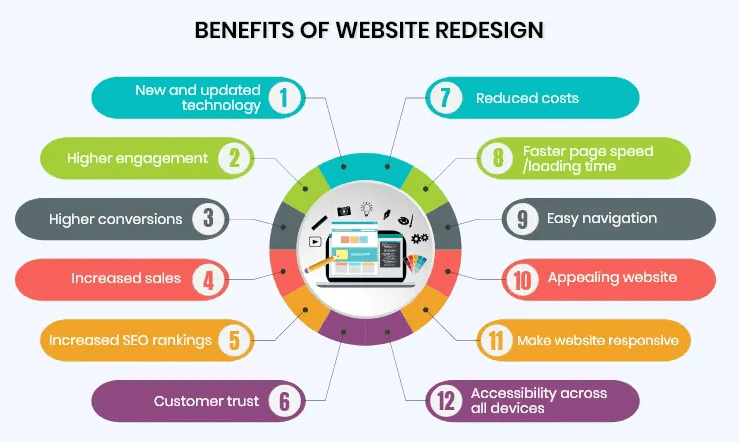
Image source: Byteant
Unfortunately, many business owners overlook its significance or fail to grasp how significant redesigning a website can be for their profitability.
Primarily, website redesigns can improve user experience.
A poorly designed site may cause frustration and confusion for visitors, leading to high bounce rates and lost business opportunities.
By streamlining a website's design and layout, businesses can create an intuitive and user-friendly environment which in turn encourages higher engagement levels and conversion rates.
A website redesign can also improve the visual appeal of a brand.
In today's visual age, consumers are drawn to brands that are visually pleasing and consistent across all channels.
By aligning the design of a website with its brand identity, businesses can create an even more unified and memorable brand experience for their customers.

Image source: Superside
In addition to improving user experience and visual identity, a website redesign can also boost its functionality.
As technology progresses, websites must be able to adapt and incorporate new features to remain competitive.
By redesigning their site, businesses can take advantage of cutting-edge technologies and trends such as mobile optimization and social media integration to build more robust and functional websites.
Another key reason business owners or internet marketers might want to redesign a website is for improved search engine optimization (SEO).
Optimizing a site for search engines can significantly boost its visibility in results, driving more traffic and potential customers toward it.
By redesigning with SEO in mind, businesses can guarantee their site adheres to the most up-to-date algorithms and ranking factors.
Finally, website redesigns can also improve the security and performance of a site.
Websites that lack regular maintenance are more vulnerable to security breaches and other performance issues - which negatively affect customer experience and damage the business' reputation.
By redesigning their site, businesses ensure their platform remains secure, reliable, and optimized for their customers' needs.
Can a Website Redesign Affect SEO?
Yes, website redesigns can have an important effect on SEO.
Properly planned and executed website redesigns can help improve a website’s overall ranking, but poorly executed changes can decrease search engine rankings.
When it comes to SEO, the most critical element of website redesign is preserving existing content and not altering it too drastically.
Furthermore, maintaining existing links is essential as this will help maintain current search engine ranking positions.
How to Redesign a Website and Keep SEO Rankings
Analyze Current Website Performance
Analyzing your website’s current performance should be one of the first steps taken when planning a website redesign.
Through an SEO audit, webmasters and website owners can get clear insights into what is working (and what isn’t) on their existing site.
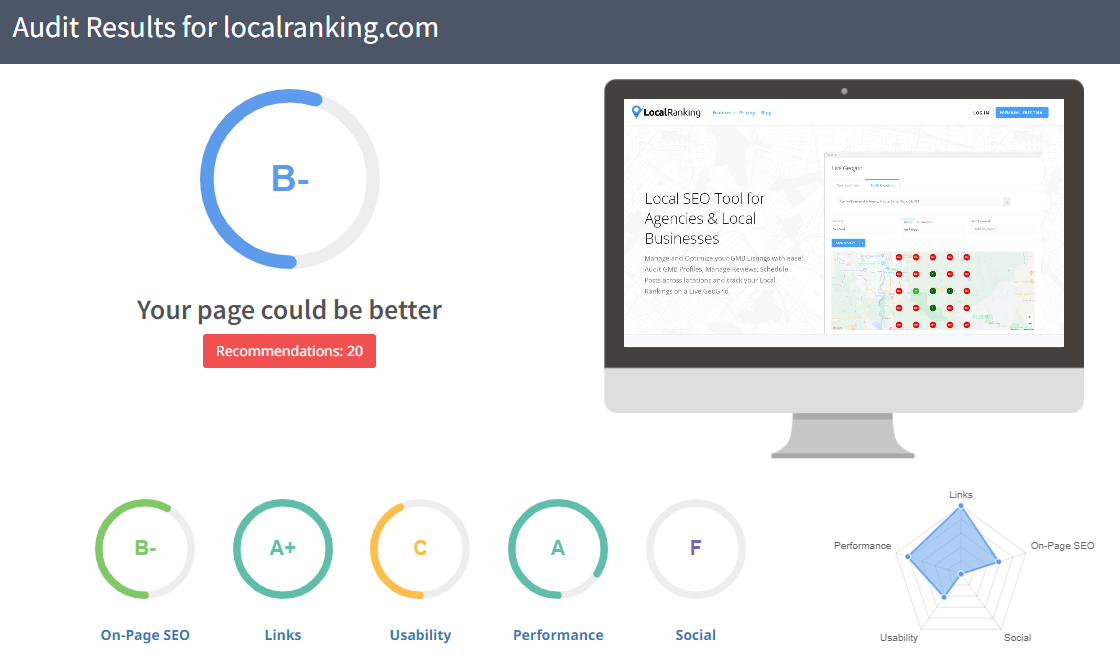
The audit should cover elements such as page titles and meta descriptions, content structure and organization, URL redirects, and overall site usability.
This will provide valuable information that can be used to improve search engine rankings before launching the new design.
Additionally, the audit should include a full analysis of keyword rankings and organic search traffic over time.
This will allow webmasters to know which pages are driving the most traffic and how to optimize these for maximum visibility in SERPs.
Finally, all broken links should be identified during this process so they can be fixed before launch or redirected to the most relevant page on the new site.
Any pages with low-quality content or duplicate content should also be addressed as part of this process so they won’t negatively affect search engine performance after launch.
Analyzing current website performance is an essential step for optimizing SEO before a redesign project begins.
By taking the time to analyze existing performance metrics and address any potential issues, businesses can make sure their redesigned site is optimized for search engines right from the start.
Design for Mobile Devices
When it comes to website redesigns and SEO, optimizing for mobile devices should be a top priority.
With more than half of all web traffic coming from mobile devices and the majority of searches now being performed on mobile, it is essential that any redesigned site is designed with mobile users in mind.

Find more statistics at Statista
Designing for mobile means ensuring that all pages are responsive and optimized for smaller screens.
This includes making sure page elements such as images, videos, menus, contact forms, and other interactive elements work properly on mobile devices.
Additionally, content should be written in a way that is easy to read on small screens so users don’t have to zoom or scroll unnecessarily.
Site loading speed is also important when designing for mobile as slow loading times can lead to higher bounce rates and lower overall engagement, but more on that later.
Finally, make sure all calls-to-action are clearly visible on mobile devices by using larger buttons or rearranging elements so the most important information appears first.
This will ensure users can quickly find what they need without having to search too hard for it.
Designing a website for mobile devices should be a top priority if you want your redesigned site to perform well in organic search rankings and drive maximum engagement with visitors.

Image source: Freshsparks
Keep these tips in mind while working through the redesign process so you won’t miss any important steps along the way!
Keep Best-Performing Content
When it comes to website redesigns, it is important to keep the top-performing content on your site in order to protect SEO rankings.
Removing or modifying content that has been successful in organic search can have detrimental effects on search engine performance.
The first step is to identify which pages are driving the most traffic and how these are ranking in SERPs.
This can be done through analysis of keyword rankings and organic search traffic over time.
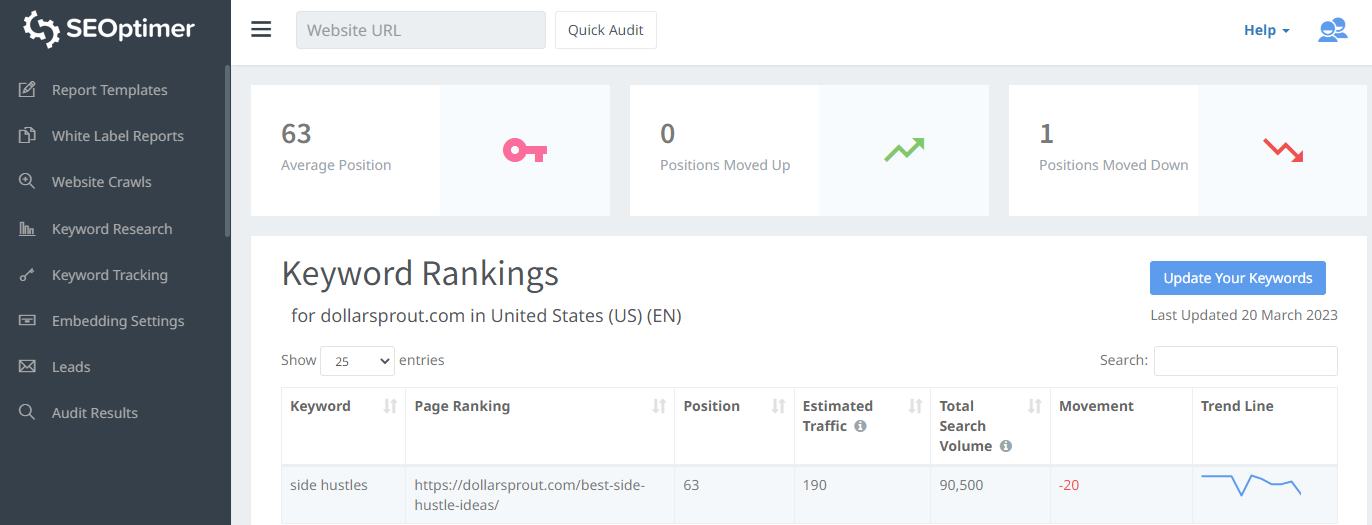
Once you know which pieces of content are performing well, you can decide if they should be kept as-is or modified slightly for a better user experience.
When making changes to existing content, it is important to keep key components such as page titles and meta descriptions intact so that search engine crawlers can still recognize them.
It’s also a good idea to preserve any existing internal links that point to this content so any “link juice” from other pages isn’t lost during the redesign process.
Instead of removing your top-performing content, consider ways to improve it during the redesign process.
For example, you can update the content to make it more relevant and informative for your target audience.
This will help ensure any backlinks pointing to those older versions will not go dead after launch.
Keeping your best-performing content intact during a website redesign is essential for protecting organic search rankings and ensuring your redesigned site performs well in SERPs when it goes live.
Tweak Content That isn’t Performing Well
Improving content that isn’t performing well can be an important step during a website redesign.
If you’ve identified certain pages that are not ranking as highly as they should in search engine results, there are a few things you can do to help these pages perform better.
First, analyze the existing content and determine what changes need to be made before launch.
This could include anything from minor adjustments such as updating meta descriptions and page titles to more drastic measures such as rewriting the entire article or post.
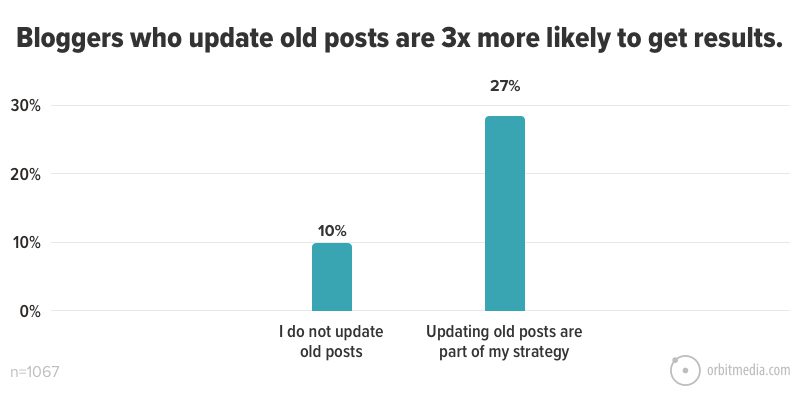
Image source: Orbit Media
Additionally, consider optimizing the content for targeted keywords in order to improve its rankings in SERPs.
It is also important to ensure all external links on these pages lead to working websites as dead links will harm your site’s reputation in Google’s eyes.
Furthermore, any images or videos used should be properly optimized for the web so they don’t slow down loading times while still providing a good user experience.
Tweaking content that isn’t performing as expected during a website redesign is essential for improving organic search visibility and driving more traffic to key pages on your site! Make sure you take the time to review each piece of content carefully and carry out any necessary changes before your new site goes live.
Design with PageSpeed in Mind
Designing a website with PageSpeed in mind is essential for achieving a good user experience and increasing organic search visibility.
Pages that load quickly are more likely to rank higher in SERPs, as well as keep visitors on the site longer.
To ensure your website loads quickly, focus on optimizing both front-end and back-end code. Start by minifying any HTML, CSS, or JavaScript files so they take up less space on the server and can be loaded faster by browsers.
Additionally, you should use caching techniques to store frequently used resources so they don’t have to be reloaded every time someone visits the page.
You should also consider reducing the size of images and videos used on your site by compressing them prior to upload.
Optimized images will look just as good but will take up significantly less space and therefore load faster.
Finally, keep an eye out for any additional features or plugins that might be slowing down your website’s loading time, and consider removing them if not necessary.
Designing with PageSpeed in mind is key for providing a good user experience and ensuring pages rank well in SERPs.
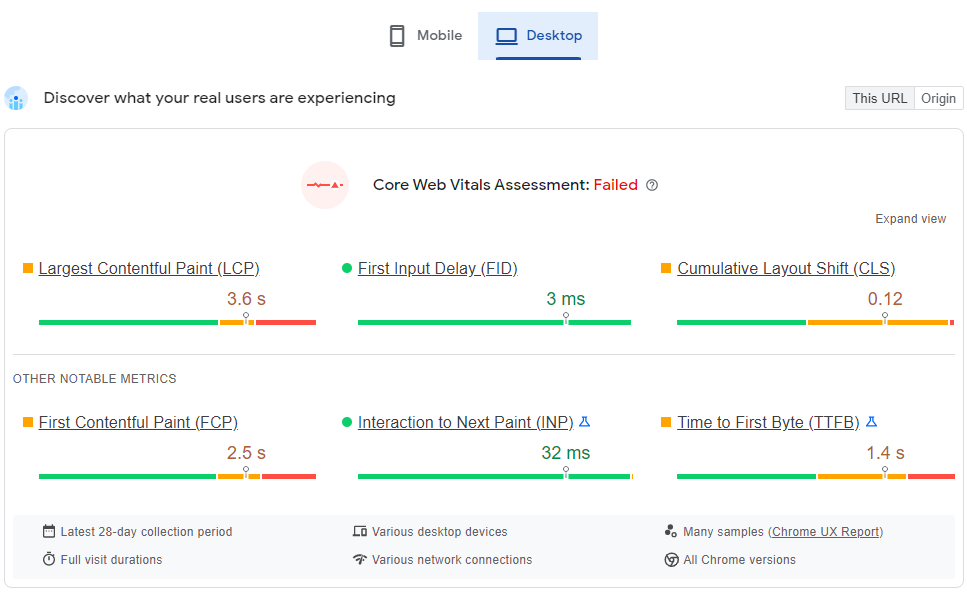
Focus on both frontend and backend performance optimization techniques such as file minification, caching, image compression, and removing unnecessary plugins to make sure your redesigned website loads quickly!
Ensure Redirects are Implemented Correctly
Implementing 301 redirects correctly can be an essential part of a successful website redesign.
A 301 redirect is a way of telling web browsers and search engines that a page or resource has been permanently moved to a new location.
This ensures visitors and crawlers are directed to the correct new URL instead of a broken link or error page.
It is important to test any redirects you put in place prior to launch to make sure they are working correctly.
Additionally, avoid using too many chains of redirects (301 -> 302 -> 303) as this can cause delays in loading times for users and negatively affect your SEO performance.

Image source: Wix
You should also make sure not to redirect old URLs unnecessarily as this will cause errors on pages that do not have corresponding new pages – resulting in unnecessary 404 errors which harm your ranking and user experience.
Lastly, make sure all internal links point at the correct locations so visitors are always taken where they’re meant to go!
By ensuring the correct implementation of 301 redirects during your website redesign, you’ll help ensure visitors don’t land on dropped content or dead links after launch – preserving both SEO performance and user experience!
Update Site Structure
It is important to update and optimize the website structure when redesigning a website.
Creating an optimized site structure helps search engines understand and index important pages on your website more effectively.
This includes creating a hierarchy of pages, adding proper heading tags, using internal links, and structuring the navigation correctly.
Additionally, you should check for broken or outdated internal links or URLs on your website and make sure they are redirected properly.
A well-structured website that is easy for users and search engine crawlers to navigate is essential for any successful website launch!
Submit an Updated Sitemap
Submitting an updated sitemap is a key step when redesigning a website. A sitemap is essentially a list of all the pages on your site and their corresponding URLs.
It serves to help search engine crawlers better understand your website's hierarchy and structure while they index your pages.
To create a sitemap, you can use one of many online tools available or generate it manually using HTML or XML code.
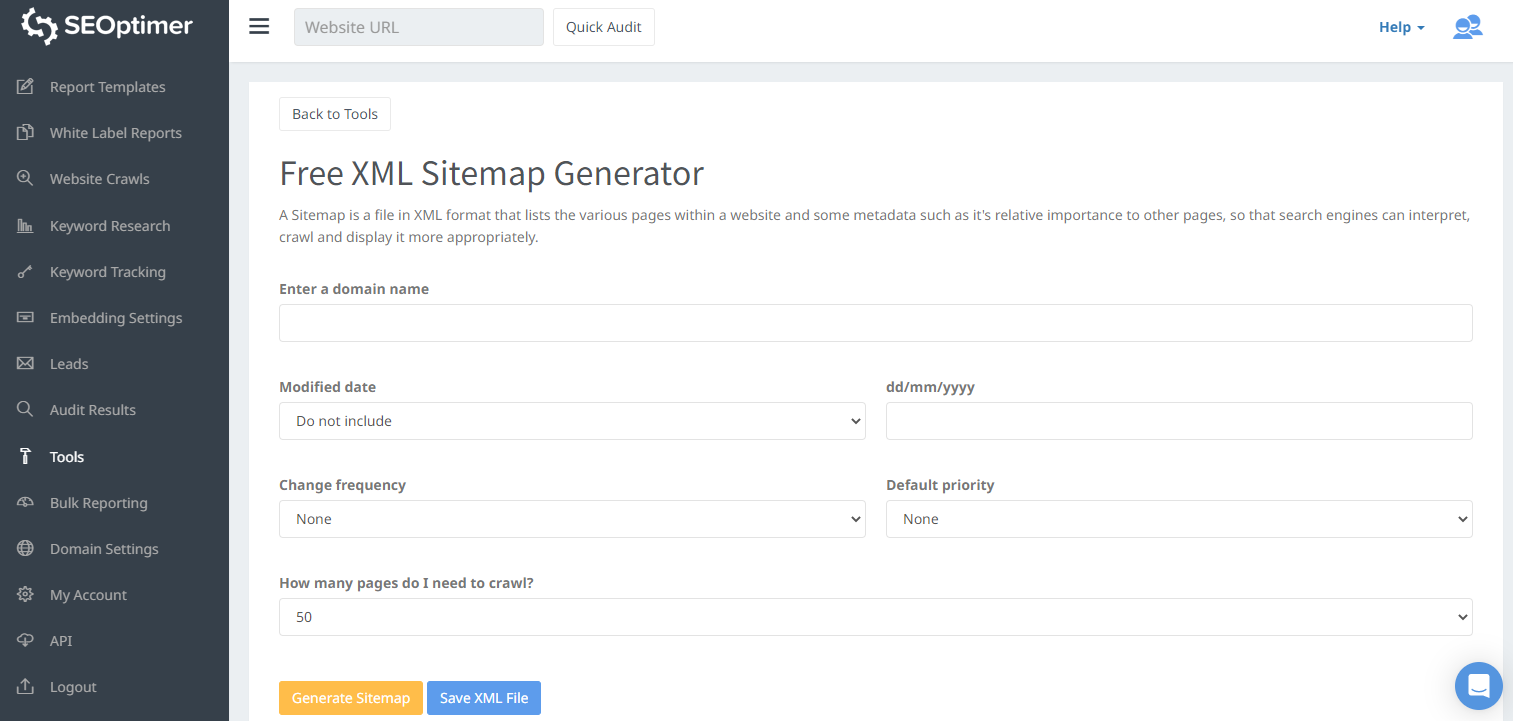
Once you have created your sitemap, it should be submitted to major search engines such as Google, Bing, and Yahoo so they can start indexing the new version of your website.
This ensures that search engine crawlers are aware of any changes you have made during the website redesign process and helps them update their indexes accordingly.
Submitting an updated sitemap is essential for ensuring that important content on the redesigned website is quickly discovered by both search engine crawlers and visitors alike, allowing for more accurate rankings within the SERPs (Search Engine Results Pages).
With an optimized site structure in place, your newly redesigned website has a greater chance at success!
Conclusion
Website redesign is an excellent way to freshen up an outdated website, enhance user experience and boost SEO rankings.
But be careful; your redesign could have either a beneficial or detrimental effect on your search engine rankings.
Follow the tips we've outlined in this article so that your newly designed website doesn't suffer in terms of its SEO rankings after launch.


